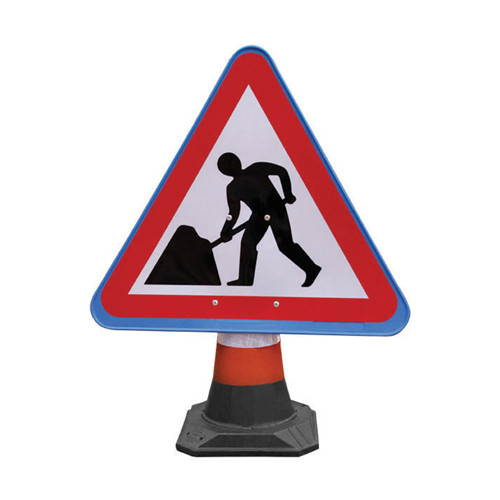A couple of weeks ago I went to the NZ Transport Authority workshop on the new training and competency model for road workers. This includes people working on road shoulders, footpaths and roadside cycleways.
Who will it affect?
Basically, everyone who works on or around our roads. You need to pay attention if you are involved in:
- Roading
- Civil Contracting (think driveways etc)
- Drain laying
- Transport and delivery
- Scaffolding that may encroach on the roading corridor
- Arborist/ landscaping
- Any other works that encroach on footpaths, cycleways or the roading corridor.
What are the key changes?
There is going to be two separate training pathways designed for those who are either:
- Working on a roading crew
- Carrying out activities that interact with a roading crew or roading activities
For example, people that work on a Temporary Traffic Management (TTM) Crew will need to do a minimum of the ‘Temporary Traffic Management Worker’ (a mixture of classroom and online learning). People who interact with TTM setups will need to complete an online course to show they understand the basics of TTM set up and I’m planning on doing the ‘Manager of Activities reporting to a TTM’ as teams I work with ‘interact’ with roading teams, even if they don’t set out their own STMS.
Secondly, it will take longer to become a ‘Safety Traffic Manager’; however, by the end of the training, the STMS will be specifically trained for the roads they work on. For example, to become an STMS a worker will need to complete the following:
- TTM Worker
- Traffic Controller
- Universal STMS
- Specialised training in either L1, L2 or L3 roads.
This makes sense, especially in Central Otago where we technically don’t have any L2 or L3 roads.
What are the key challenges?
The key challenge will be recruiting and training the required number of TTM mentors, verifiers, trainers and assessors. This will put a huge amount of pressure on our roading companies and industry trainers who will be expected to ‘donate time’ to do the training and get the required. Records of prior learning will be recognised; however, given the insane amount of changes to CoPTTM most people are going for re-certification.
Also, for the changes to ‘stick’, there is going to be a reliance on the NZTA, NZ Police, WorksafeNZ and the Road Controlling Authorities to ‘get their sh*t’ together’ and enforce the new processes.
Why is all this an epic achievement?
It’s the first time that I’ve seen government agencies, industry organisations and key business entities come together to create such an integrated training programme. And, they appear to have followed the agile training methodology ‘Plan, Do, Check, Act,’ without cutting corners.
I can’t even begin to imagine the hours put in by the key working groups, let alone the people delivering nationwide workshops and seeking industry feedback.
Yes, there is a long way to go; however, I think this is a dam good start with the desired outcome being effectively trained workers who don’t die on our roading corridor.
As always, if you have anything to add to the discussion on temporary traffic management qualifications please call Sarah on 0272 007 680 or email sarah@employmenow.co.nz.
Have a safe and productive week,
SB
